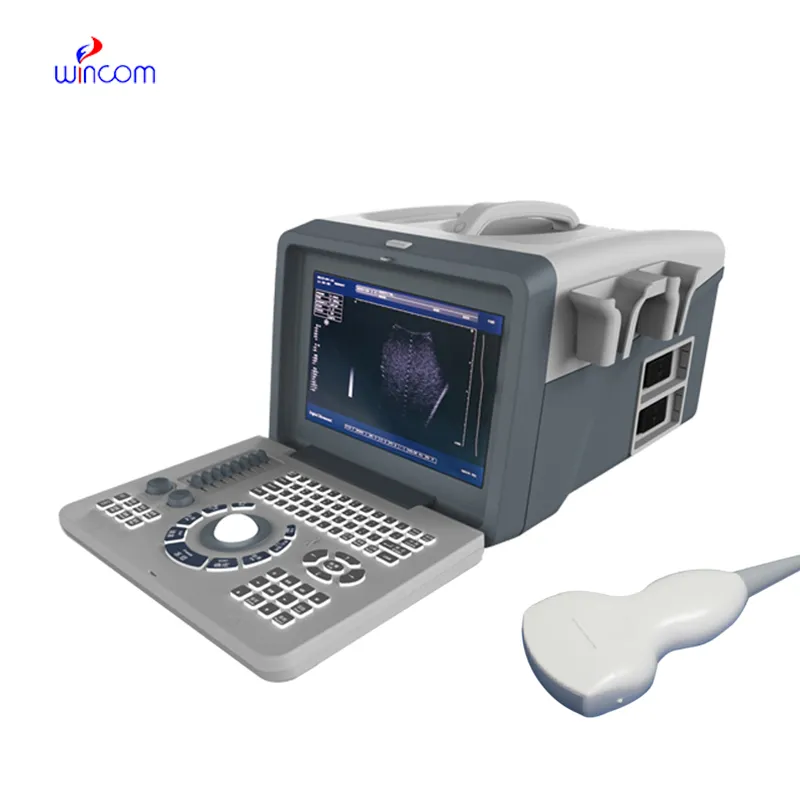
The claustrophobia and mri machines combines ergonomics with advanced high-performance imaging technology to deliver best-in-class scanning performance. The open and wide-bore configurations of the claustrophobia and mri machines improve patient access for mobility-compromised patients. The claustrophobia and mri machines also comes equipped with real-time monitoring, which allows radiologists to view the quality of images in real-time during scanning.

The claustrophobia and mri machines is extensively utilized in neurological diagnostics for the diagnosis of brain tumor, stroke trauma, and multiple sclerosis. It provides accurate imaging of brain anatomy and blood perfusion patterns. The claustrophobia and mri machines also supports functional imaging, measuring neural activity, and helps in understanding cognitive and behavioral disorders.

In the coming years, the claustrophobia and mri machines will integrate with virtual and augmented reality interfaces, redefining how clinicians view and engage with scan data. AI-powered diagnostic assistants will assist radiologists in interpretation. The claustrophobia and mri machines will revolutionize clinical workflows through automation, velocity, and penetrating analytical power.

The claustrophobia and mri machines should be kept in a controlled environment to prevent overheating and condensation. Inspection of filters, ventilation systems, and electrical grounding is necessary from time to time. The claustrophobia and mri machines should be tested for performance to ensure signal strength, image resolution, and alignment accuracy.
The claustrophobia and mri machines provides enhanced diagnostic functionality for identifying abnormalities in tissues and organs. It relies on magnetic fields rather than ionizing radiation, thereby assuring safety when scanning repeatedly. The claustrophobia and mri machines enables the timely diagnosis of ailments including tumors, multiple sclerosis, and degeneration of joints.
Q: What should patients avoid before an MRI scan? A: Patients should avoid wearing metal objects, such as jewelry, watches, or hairpins, as these can interfere with the MRI machine's magnetic field. Q: How does MRI help in brain imaging? A: MRI provides detailed views of brain structures, helping detect conditions such as tumors, aneurysms, multiple sclerosis, and stroke-related damage. Q: Can MRI scans be performed on children? A: Yes, MRI is safe for children since it doesn’t use radiation. In some cases, mild sedation may be used to help young patients remain still during scanning. Q: What is functional MRI (fMRI)? A: Functional MRI measures brain activity by detecting changes in blood flow, allowing researchers and doctors to study brain function and neural connectivity. Q: How are MRI images interpreted? A: Radiologists analyze the images produced by the MRI machine to identify abnormalities, tissue differences, or structural changes that are relevant to the diagnosis.
I’ve used several microscopes before, but this one stands out for its sturdy design and smooth magnification control.
This x-ray machine is reliable and easy to operate. Our technicians appreciate how quickly it processes scans, saving valuable time during busy patient hours.
To protect the privacy of our buyers, only public service email domains like Gmail, Yahoo, and MSN will be displayed. Additionally, only a limited portion of the inquiry content will be shown.
Could you share the specifications and price for your hospital bed models? We’re looking for adjus...
Hello, I’m interested in your water bath for laboratory applications. Can you confirm the temperat...
E-mail: [email protected]
Tel: +86-731-84176622
+86-731-84136655
Address: Rm.1507,Xinsancheng Plaza. No.58, Renmin Road(E),Changsha,Hunan,China